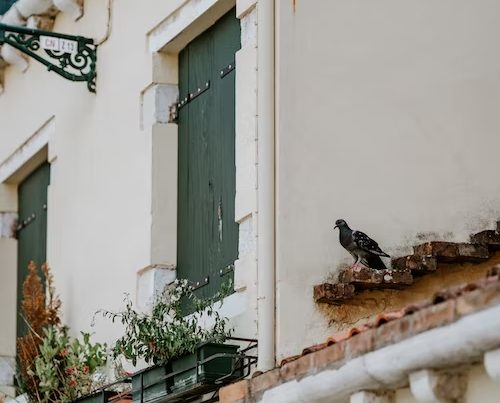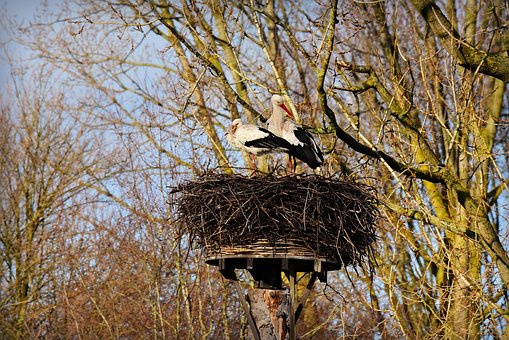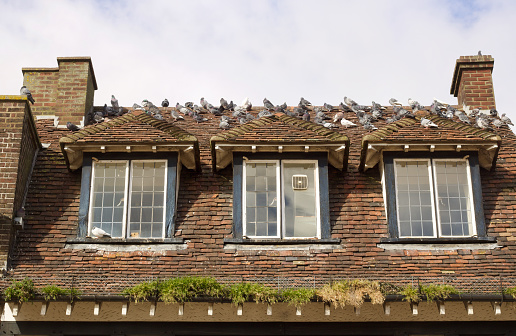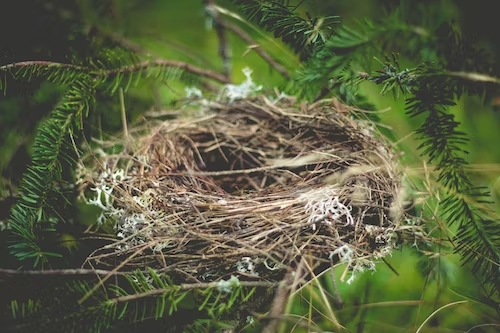
Although removing a bird’s nest isn’t as frightening or difficult as removing a hornet or wasp’s nest, it can be just as harmful. Here are some pointers and pitfalls to avoid if you’re a homeowner who has to remove a bird’s nest. In most cases, illnesses are not transmitted directly from birds to humans. Bird droppings in, on, or near a bird’s nest, however, can cause life-threatening infections in people. Even after the birds have fled, parasitic mites like chiggers and scabies, can be found in bird’s nests.
Bird nests are necessary for birds to lay and raise their eggs because they provide a safe, warm, and comfortable habitat. The hatchlings will stay in a nest for the first several months following hatching. Birds have been known to establish their nests in some unusual locations in and around dwellings. They’re frequently seen over doors, garages, within sheds, and in other high-traffic places. They can also build nests in areas that are hazardous to the birds, such as on top of lawnmowers, heat pumps, and other similar devices. However, despite the delight they may bring to our lives and the environment, there are moments when you may not appreciate flowers as much. You could discover them living somewhere you don’t want them to live, or somewhere dangerous for them to live. When this occurs, you’ll need to know the proper procedures for removing a bird’s nest.
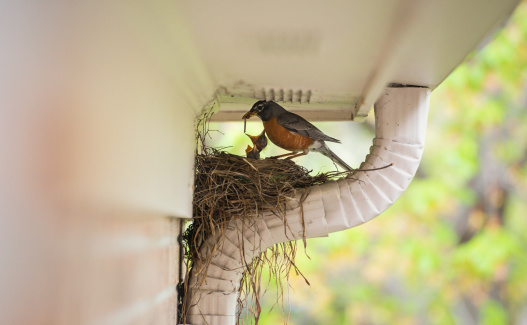
Knowledge and Prerequisites
Bird management is more complicated than simply removing a nest.
The Migratory Bird Treaty Act deems it illegal to take, possess, import, export, transport, sell, or offer for sale, purchase, or barter any migratory bird. It’s unlikely that you’ll be able to tell the difference between protected and non-protected birds unless you’re an expert. Therefore, professional wildlife control companies like GTA Toronto Pest Control are always suggested for bird nest removal. Birds can transmit infections that are deadly to humans, thus expert removal is necessary.
Microorganisms from birds can cause a number of infectious illnesses when they are transmitted in a variety of ways. Mites, parasites, ticks, and other pests carried by the birds are likely to persist in the nest long after the birds have gone. The presence of droppings in nests increases the danger of handling.
Locate
Birds usually construct their nests on the roof or in the backyard.
Check to see if the nest is empty or if there are any eggs within.
If the nesting is too high from the ground, you can use a ladder to inspect it. Antibacterial spray should be used to eradicate microorganisms from the residence, according to experts. You should wait for a while after spraying the nest.
Precautions
You must use considerable caution while removing bird nests. Small bugs in the nesting material may be difficult to spot, or the nest might be infested with germs or mould that can contaminate the food. You should use masks, gloves, and other protective gear to avoid being exposed to hazardous bacteria. Long-sleeved shirt and pants are also recommended.
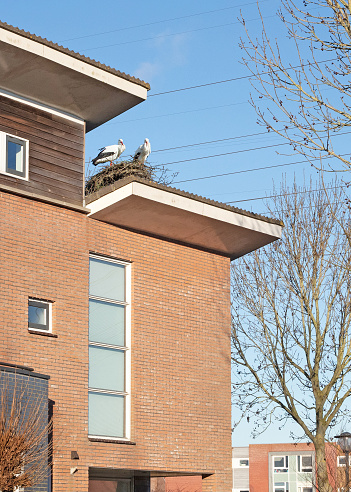
Prevention and removal
It’s time to deconstruct the bird’s nest after donning safety gear. You may now get rid of the nest and relocate it to a safe location. If there is a dead bird inside, however, you should move the nest at least 200 metres away from your house since it contains a lot of germs and parasites. If at all feasible, dispose of the abandoned nest in a compost bin or waste bag to keep predators away from the nesting place, where fledglings may still be at risk. You must sanitize the area immediately after the nest has been removed. To avoid negative health effects, this is crucial. After the bird’s nest has been removed, the area must be thoroughly cleaned since bird excrement can transmit a variety of diseases.

